Buramsan Mountain (불암산)
16.6Km 2021-04-23
22, Deongneung-ro 130ga-gil, Nowon-gu, Seoul
+82-2-2116-3943
Buramsan Mountain is an 508-meter high rock mountain, drawing the border between Junggye-dong and Sanggye-dong in Nowon-gu and Byeolnae-myeon in Namyangju.
The total area is approximately 5,355,396 square meters and was designated as a city nature park in 1977. The mountain is named after its appearance that resembles Buddha wearing songnak (headgear) and is also referred to as Cheonbosan or Piramsan Mountain. The ridge stretches long enough to enjoy the scenery and it's an easy hike because it is not too steep. In particular, the stunning view of Seoul at night unfolds at the top of the mountain.
Buramsanseong Fortress is located 420 meters above sea level and the rock cliffs are often used as rock climbing spots. There are also various hiking trails and about ten springs to get fresh mineral water. Burampokpo Falls is popular in winter among ice climbing enthusiasts.
Damdaheon / 담다헌 체험교육관
16.6Km 2023-10-26
98, Songsan-ro 939beon-gil, Uijeongbu-si, Gyeonggi-do
Damdaheon is an experience center dedicated to the art of making rice cakes, situated in Geomundol (black stone) Village in Sangok-dong, Uijeongbu. It was opened on October 23, 2009, under Park Gyeong-ae, recognized as a master artisan by Gyeonggi-do. The center offers experience programs like rice cake-making, sweet red bean jelly-making, fermented soybean and sauce-making, kimchi-making, and bean curd-making, as well as weekend farms (offered on a yearly basis). It strives to promote the traditional healthy foods of Korea through hands-on experiences to children and young people, who tend to gravitate toward instant and Western food, and to encourage them to make their own rice cakes at home with Damdaheon’s easy rice cake recipes.
Paldangho Lake (팔당호)
16.7Km 2021-05-25
Namjong-myeon, Gwangju-si, Gyeonggi-do
+82-31-760-2000
Paldangho, a man-made lake, lies beside the townships of Toechon-myeon and Namjong-myeon in Gwangju-si, Gyeonggi-do. Completed in 1973, this reservoir stores approximately 250 million tons of water, which is supplied to the Seoul and Gyeonggi regions. It is also one of Gwangju's tourist attractions, offering an inspiring view and a scenic lakeside drive. Don’t miss a stop at the Paldang Observatory for a breathtaking view of Paldangho Lake.
Homeplus - Gangdong Branch [Tax Refund Shop] (홈플러스 강동)
16.7Km 2024-04-22
5, Seolleung-ro 162-gil, Gangnam-gu, Seoul
-
Cheongpyeong Lake (청평호반)
16.8Km 2021-05-08
1906-15, Yumyeong-ro, Gapyeong-gun, Gyeonggi-do
+82-31-582-8830
Cheongpyeong Lake is an artificial lake that was formed with the construction of Cheongpyeong Dam in the Bukhangang River. Surrounding mountains and lake landscapes blend together harmoniously creating breathtaking views and is fast becoming a choice destination in Korea.
Near Cheongpyeong Lake there is an amusement park as well as numerous summer homes. On the nearby lake, one can enjoy water skiing and a host of other recreations. In addition, accommodation is also available making this destination a famous vacation spot all-year-round. Around Cheongpyeong Lake, there are a total of 30 boating areas for water skiing, motor boats, jet skis, banana boats, and various other water activities. All instrument rentals and lessons are also available.
Himart - Sangbong Branch [Tax Refund Shop] (하이마트 상봉점)
16.8Km 2024-04-18
399, Mangu-ro, Jungnang-gu, Seoul
-
Korea Institute of Radiological & Medical Sciences, Korea Cancer Center Hospital (한국원자력의학원 원자력병원)
17.0Km 2025-11-28
75 Nowon-ro, Nowon-gu, Seoul
KCCH (Korea Cancer Center Hospital) is a leading institution specializing in cancer diagnosis, treatment, and research using radiation. It has established an efficient collaborative care system and an integrated multidisciplinary approach to treatment. In addition to cancer care, the hospital operates a hospice palliative care center, offering holistic care to patients. As a government-funded organization, it actively conducts molecular cancer research and studies on the effects of radiation on the human body. With the introduction of PET/MRI diagnostics, KCCH develops more precise treatment plans and leads international clinical research, continuously improving cancer treatment outcomes through advanced research.
Seohuri Forest (서후리숲)
17.0Km 2025-10-27
200 Geobukbawi 1-gil, Seojong-myeon, Yangpyeong-gun, Gyeonggi-do
Seohuri Forest opened in 2014 with beautiful nature. The forest is comprised of a variety of tree species in different clusters, including pine nut, maple, metasequia, ginkgo, birch, and more. The forest features two walking paths, each taking around 30 minutes to complete.
Geomdansan Mountain (검단산)
17.1Km 2021-08-17
Cheonhyeong-dong, Hanam-si, Gyeonggi-do
+82-31-790-6341
Geomdansan Mountain (alt. 657 m) is one of the major mountains in Hanam. During the Baekje period, it was a sacred mountain where the kings would offer ceremonial services to the gods. From the summit, one can get a great view of Yangsuri, where the Namhangang River and Bukhangang River meet, as well as Hanam, Seoul, Yangpyeong, and Paldangho Lake area.
Due to its proximity to the Seoul Metropolitan Area, it is a popular day trip course. Getting there is easy and the hiking trails, which are not too difficult, are well maintained. From the summit, one can get a great view of Bukhansan Mountain and Dobongsan Mountain in the distance. Hikers can also see Paldang Dam to the east, Yongmasan Mountain to the south, and the Jungbu Expressway to the west.
Buramsan Butterfly Garden (불암산나비정원)
17.1Km 2024-07-19
51-27 Hangeulbiseok-ro 12-gil, Nowon-gu, Seoul
Buramsan Butterfly Garden is located within Buramsan Healing Town in Nowon. It is an exhibition garden where one can observe live butterflies all year round. The main building's first floor comprises an incubation center, a breeding center, and a butterfly greenhouse while the second floor is used as an insect education center. At the insect education center, visiors can observe materials related to and specimens of endangered insect species. Groups require a reservation in advance.
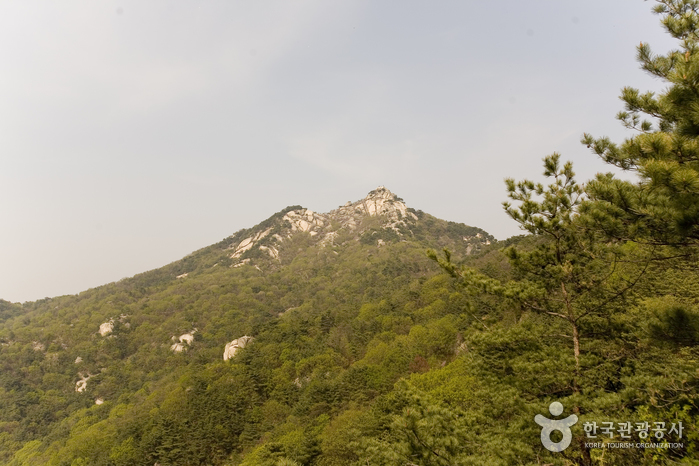
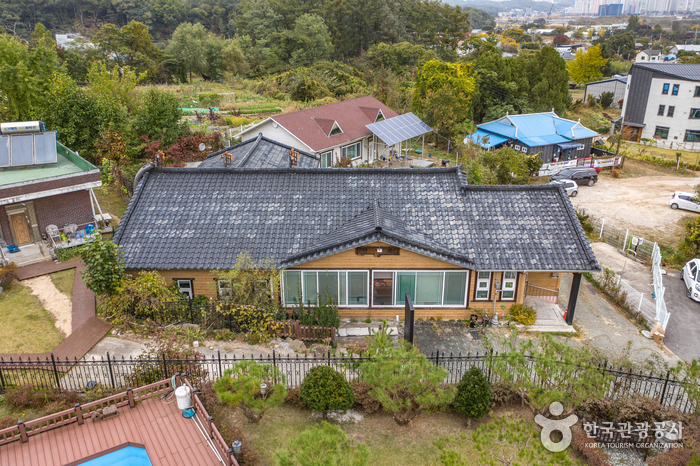
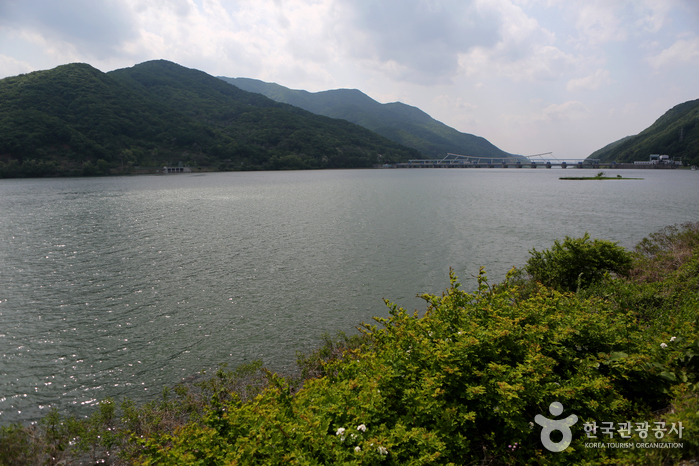
![Homeplus - Gangdong Branch [Tax Refund Shop] (홈플러스 강동)](http://tong.visitkorea.or.kr/cms/resource/63/2878863_image2_1.jpg)

![Himart - Sangbong Branch [Tax Refund Shop] (하이마트 상봉점)](http://tong.visitkorea.or.kr/cms/resource/52/2889952_image2_1.jpg)
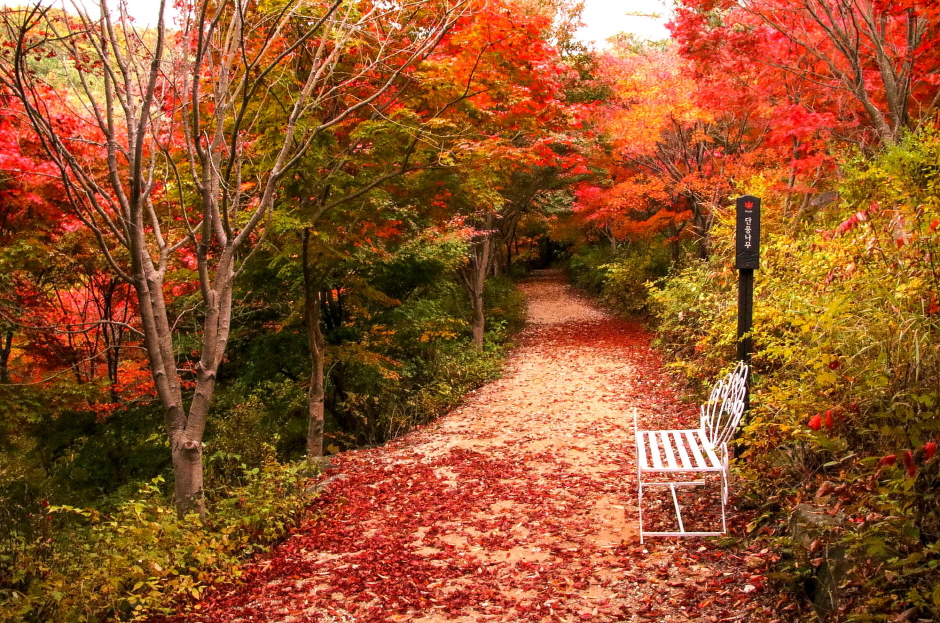
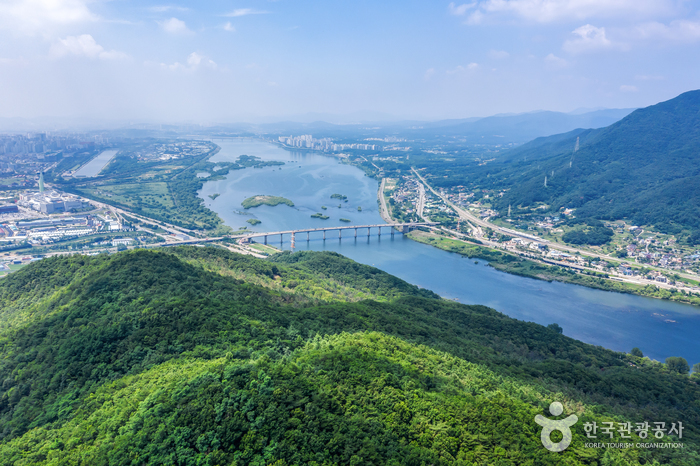
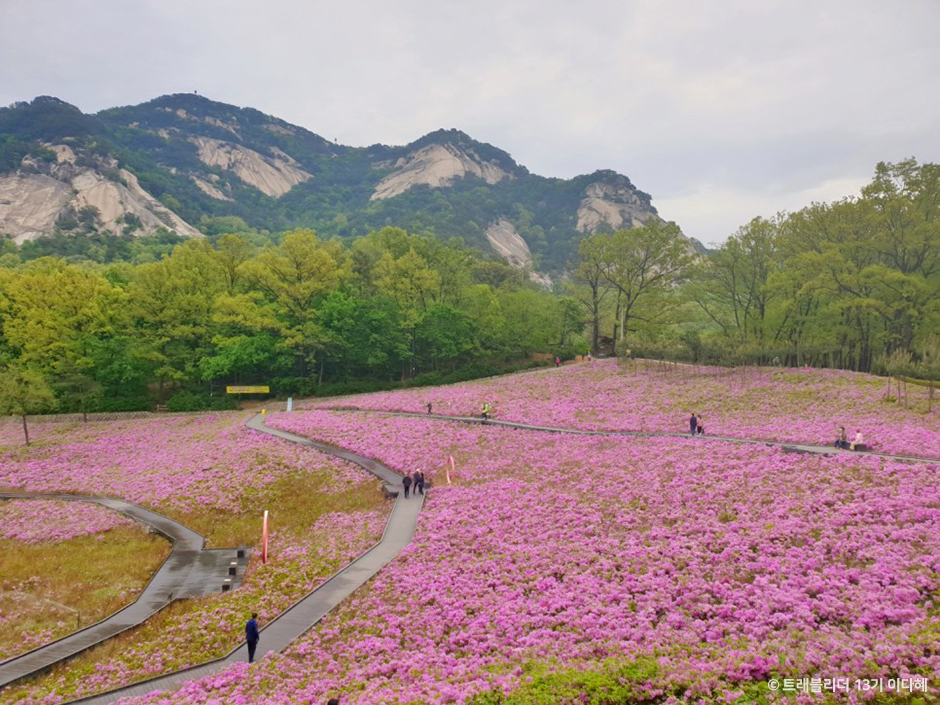
 English
English
 한국어
한국어 日本語
日本語 中文(简体)
中文(简体) Deutsch
Deutsch Français
Français Español
Español Русский
Русский